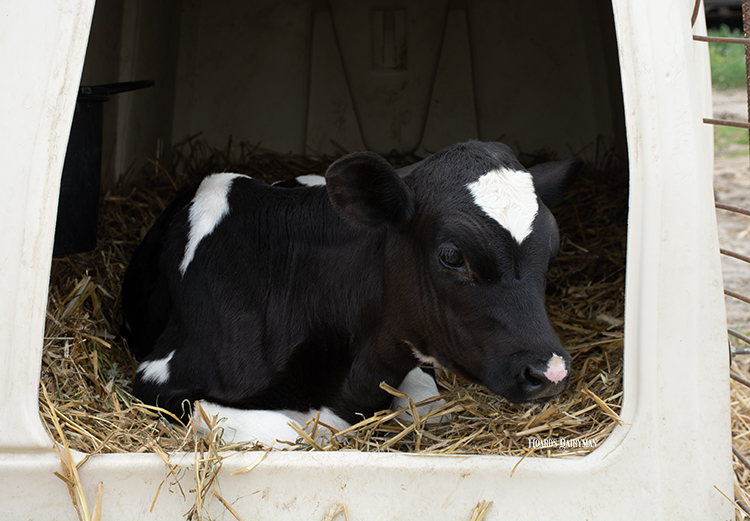
Warm, wet weather creates an environment where salmonella-causing bacteria thrive. That means we are entering into the peak season for salmonella infections on many farms.
During a recent episode of the Hoard’s Dairyman “Herd It Here” podcast, we discussed treatment options for cattle sickened by salmonella. Most of the treatment, though, comes in the form of supportive care.
Keith Poulsen, D.V.M., a clinical assistant professor at the University of Wisconsin’s School of Veterinary Medicine and director of the Wisconsin Veterinary Diagnostic Laboratory, said that supportive care is far and away the most important component of treatment for adult dairy cattle infected with salmonella. This commonly includes oral and intravenous (IV) therapy.
There are also many probiotics and prebiotics on the market that can be fed to dairy cows. These products are designed to support the normal flora in the gastrointestinal (GI) tract so they can outcompete the salmonella pathogens.
Poulsen said that antimicrobials are only used in complicated cases, or in situations where the animal is immunocompromised. A similar philosophy is used for people battling salmonella infections.
When caring for calves, we have the same treatment goals. Calves with salmonella often have scours, so it is critical to keep them hydrated. Calves that are seriously dehydrated because of scours will experience a pH drop caused by lactic acidosis, and these calves become very weak.
The intensity of fluid therapy will depend on the age of the calf and the level of dehydration. If caught early, when the calf is still standing and nursing, Poulsen said it is much easier to treat. In more severe cases, calves may lose their suckle reflex and eventually won’t be able to stand. Then fluids would need to be administered in the form of subcutaneous (SQ) or IV therapy. Poulsen noted this can be more challenging and expensive as it requires expertise to safely place those needles in the calf. Nonsteroidal drugs might be used in some cases, and in extremely sick calves, antibiotic treatment is needed.
“The most important part of oral electrolytes is to read the label instructions,” Poulsen said. There are many good products on the market, so talk to your veterinarian about what product will work best for your farm.
Consistency is also key. Poulsen said to establish standard operating procedures for administering electrolytes so that everyone feeding calves follows the same process.
Poulsen noted that electrolytes should not be mixed into milk. Milk should be fed as long as the calf still has GI motility, but it needs to be offered in a separate meal.
For more advice on salmonella treatment and prevention, listen to the full “Herd It Here” podcast episode, titled “The ins and outs of salmonella.” This episode was sponsored by Boehringer Ingelheim Animal Health.








